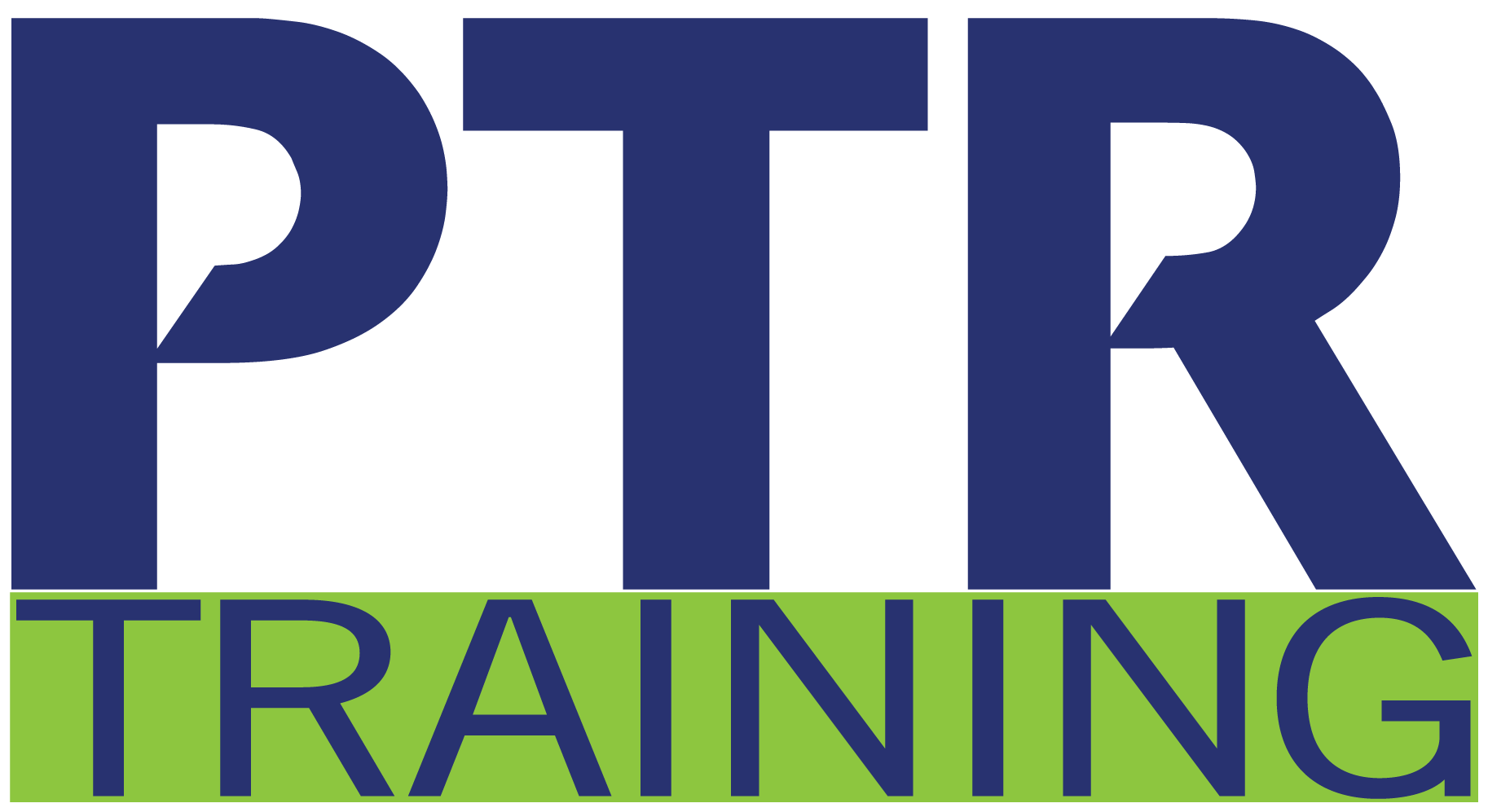Formats: 4-hour virtual course | 1-day instructor-led onsite
In this course, we will teach you a leadership approach to cultural intelligence and different methods for improving your team’s cultural intelligence. You will explore how cultural intelligence can positively affect performance, effectiveness, and success in a multicultural and global environment.
Learning Objectives »
- Compare your cultural values with other groups.
- Engage your interest, drive, and confidence in adapting to diversity and multicultural situations from a leadership standpoint.
- Understand how cultures are similar and different.
- Plan for multicultural interactions within your team.
- Adapt to diverse contexts.
- Identify strategies for developing your team’s CQ.
Course Agenda »
Understanding CQ
- The Nature and Origin of Cultural Bias
- Aspects of Leadership CQ
- Benefits of Leading with CQ
- Components of CQ
- CQ Competencies
- Steps to becoming Color Brave
- Contact Hypothesis
- Cultural Intelligence in a 4-Step Process
- How to Improve Yourself
- Unconscious Bias in Leadership
- Overcoming Stereotypes
Leading Others to High CQ
- What is Culture?
- Hofstede’s Cultural Dimensions
- Principles of Culture
- Developing a CQ Development Plan
- Best Practices to Lead with CQ
- Components of a High CQ Culture
- Creating a Culture of Inclusion


